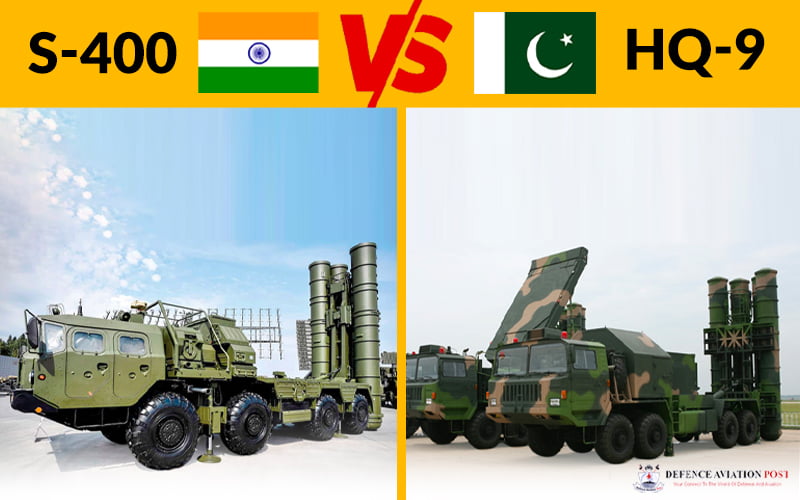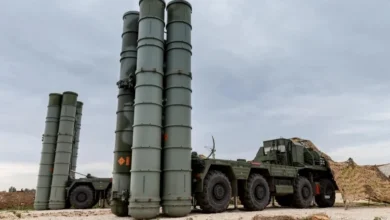
- The HQ-9 is capable of combating threats from ballistic missiles, guided bombs, and helicopters.
- The S-400 that India owns is an updated model of the S-300, which was manufactured in Russia and is thought to be the most sophisticated one.
Nuclear nations and their neighbours In an effort to improve their defence capabilities, India and Pakistan recently purchased surface-to-air missile systems. While India relied on the S-400, which was manufactured by Russia, Pakistan bought the HQ-9 from its steadfast ally China.
The purchase of air defence systems by the South Asian neighbours necessitates a comparison of both the S-400 and the HQ-9 due to their history of numerous wars and a situation that was practically warlike three years ago.
The S-400 seems more capable and potent than the HQ-9 from a distance and after looking through the technical details.
The HQ-9’s maximum range is only 100–300 km, compared to the S-400’s tracking range of up to 600 km. One of the most cutting-edge air defence systems, the S-400 is equipped with missiles that can reach targets up to 400 kilometres away.
Pakistan’s HQ-9 has an operational range of 120 kilometres. However, some of its variations have a 300 km range. It is 6.8 metres long and 2,000 kg in weight.
The HQ-9 is capable of combating threats from ballistic missiles, guided bombs, and helicopters.
The S-400 that India owns is an updated model of the S-300, which was manufactured in Russia and is thought to be the most sophisticated one. It is capable of firing 36 bullets at once.
China first created the HQ-9 in 2001, and the S-400 was unveiled in 2007.
The S-400 is seen as being superior to the HQ-9 in a number of ways.
India is deploying the “Russian Shield” around its borders.
Thanks to its contemporary radars, the S-400 can anticipate any oncoming threats.
The missiles mounted atop the S-400 can be fired from its 12 launchers up to a height of 30 kilometres, and it can track 100–300 targets simultaneously.







Facebook Comments